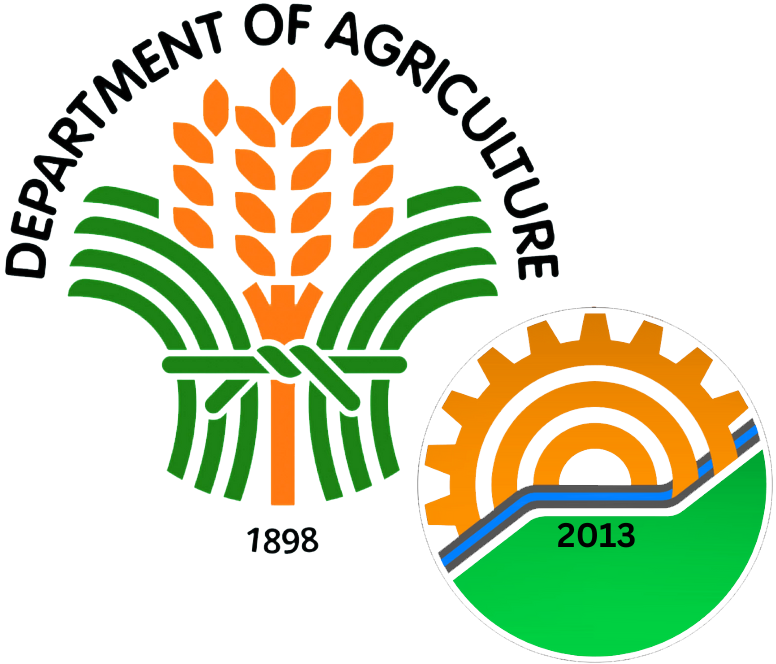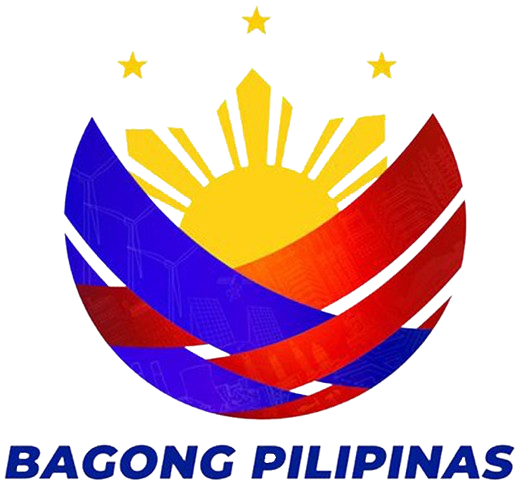
The drone, as a technological gadget, has undergone fast transformation to satisfy a variety of consumer needs, yet has maintained its quality of being an unmanned aerial vehicle (UAV) that operates in the absence of human intervention on board.
The drone nowadays is utilized for diverse applications across industries including agriculture, rising as the primary sector that has adopted this technology.
In contrast with other technological innovations that farmers currently use in their daily farm activities, drones are accessible only to those with ample financial resources. Those well-resourced farmers testify to the drone’s ability to provide the latest information on majority of farm operations quickly and expeditiously.
With the onset of smart farming, farmers are compelled to embrace technology that allows them to perform their tasks easier than ever, said Ameerah Rose Panganiban, Corporate Secretary of a Filipino-Japanese joint-venture company that makes partnerships to both government and private sectors in implementing their programs effectively using drone systems solutions.
Smart farming refers to the management of farms with the use of modern information and communication technologies (ICT) to improve both the amount and characteristics of farm produce while minimizing the needed manual labor.

According to Panganiban, drones are capable of real-time reporting, AI data gathering, pre-disaster assessment, topography surveying, thermal imaging, and soil analysis.
A Filipino farmer typically walks around the field to gather data and metrics. But with a drone, the laborious process can be done as he stays under a tree.
Drones are most commonly used in spraying fertilizers, herbicides and pesticides which reduces costs, manual labor and time spent on these activities if manually performed. Agriculture spraying drone can replace the traditional sprayer and its speed is 40 times of the traditional sprayer, thus saving 90% water and 30% to 40% pesticide. The small droplet diameter makes chemical application distributed or sprayed properly. Hence it is not hazardous to farmers since they will not be directly exposed to the chemicals and with the mist, the pesticide would not stay on the crop.
In addition, drones can also provide the farmer with information on the soil’s condition using thermal, multispectral and hyperspectral technology. They can also detect weeds, infections, and pests in the field. The information gathered by the drone can help farmers make decisions on the appropriate amount of chemicals to eliminate infestation.
The challenge that Filipino farmers faces in adopting drones is they do not have the financial resources amid the economic situation of high inflation. They would instead use the money to buy basic necessities.
There are also legal requirements in the country for people intending to fly a drone, which makes the process a hassle for most farmers. Under the drone laws in the country, drone operators need to secure permission from the Civil Aviation Authority of the Philippines (CAAP), the regulatory agency, before flying a drone.
Knowledge on data collection, analysis and general visualization process are also required in using drone technology. ###Marshall Louie Asis
















